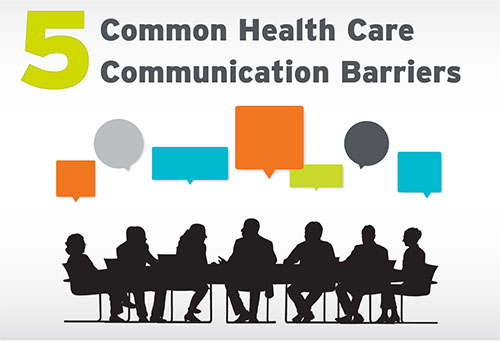
How to Empower Your Employees to Be Better Health Care Consumers
Health care costs and quality can vary wildly. Employers know this. But how can employers better explain this to their employees who participate in the company’s health plan?
Dominic Lorusso, director of health partnerships at Consumer Reports. External Link. Opens in new window.® was a guest speaker at The Alliance’s 2016 Annual Meeting. Lorusso shared his insights into how to better communicate why consumers should ask “Why?” at their next health care appointment.
“In today’s health marketplace, being a compliant patient isn’t good enough anymore,” explained Lorusso.
You may recognize Consumer Reports as the trusted nonprofit that rigorously tests products and services to give you unbiased product reviews. Consumer Reports does the research for you to help you select your next washing machine, lawnmower, car …
But did you know that Consumer Reports has reported on health care topics for the past 80 years? They also partner with organizations such as The Alliance to spread the word about health care options.
Lorusso shared some lessons learned by Consumer Reports along the path to creating better health care communications for consumers.
Five Common Health Care Communication Barriers
- The message is too general. Often, messages are written about a population. Your reader can easily dismiss these messages by assuming that they are not personally affected. Rewriting a message to use words such as “you” and “your” makes messages more impactful because they are personal.
- Old message: The overuse of preventive screening may harm thousands of patients nationwide.
- New message: The overuse of preventive screening may harm you and your family.
- The message is unfamiliar. Correctly framing health care messages is very important.
- Positive framing is more effective for reinforcing a health action.
Example: Get your flu shot today to prevent the flu this winter. - Negative framing is more effective for convincing people not to take action.
Example: Antibiotics are not effective in curing colds or flu. The overuse of antibiotics is a serious problem.
- Positive framing is more effective for reinforcing a health action.
- The message is contradictory. Health care information and misinformation is everywhere. Consumers hear messages from a variety of media sources, but some messages are more credible than others. Write responsible health care messages by telling the whole story. Tell your consumers the best course of health care action. Then explain why this action is the better option. Always tell both sides of the story.
- Example: Heart stress tests before surgery (When you need a test—and when you don’t)
- The message is unclear. It is best to use simple terms and resources when explaining complex information. Keep your text short. Graphics and videos are excellent elements to partner with your text.
- The message is passive. Passive sentences send a wishy-washy message. Write in the active voice to best reach your consumers.
- Passive voice: Employees are eligible to get a free flu shot next Tuesday in the break room.
- Active voice: Get your free flu shot. Available in the break room next Tuesday.
What can an employer do right now?
- Direct your employees to the “Individuals & Families” section of our website to help them become better health care consumers. Flyers and videos are available from The Alliance, Consumer Reports, The Leapfrog Group. External Link. Opens in new window. and more.
- Register to attend our Employer Benefits Roundtable and learn more about current health benefit trends.
[box]
Learn More about Being Better Health Care Consumers
- Check out our May 12, 2016 Alliance Annual Seminar, Aiming for Impact. Read more or register today on our events page.
[/box]







